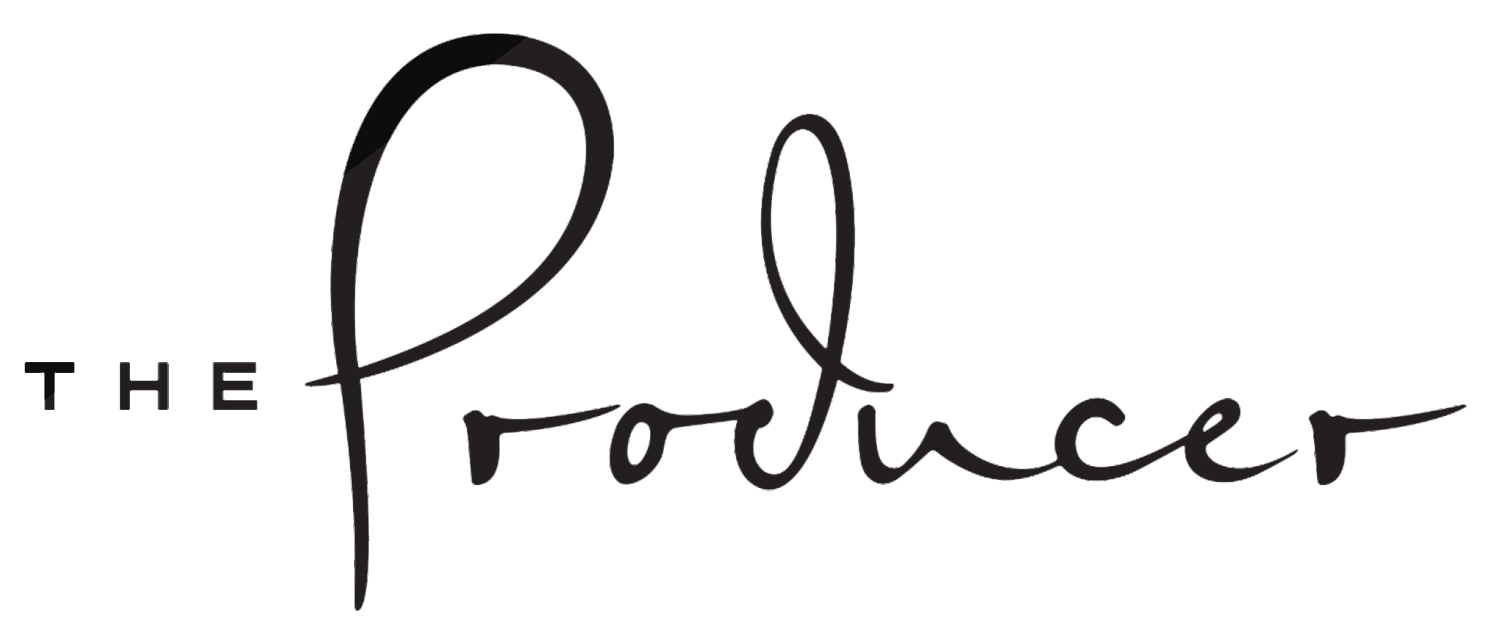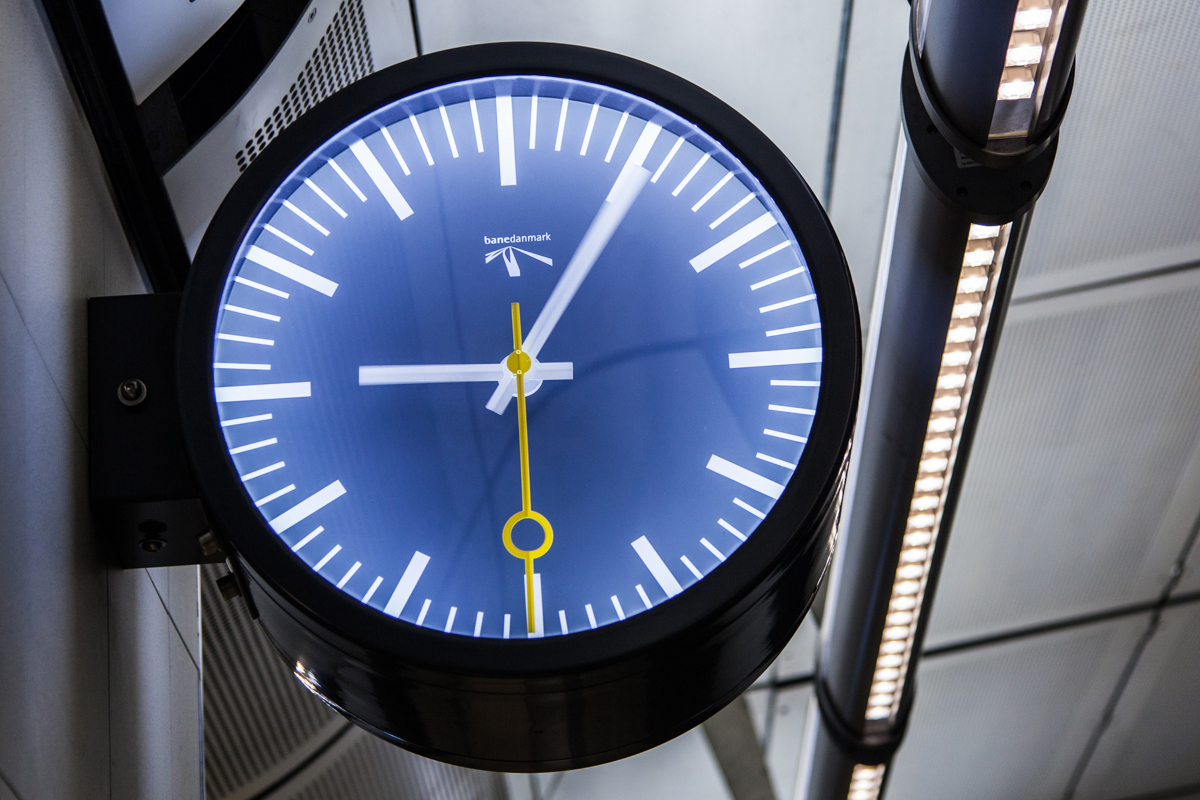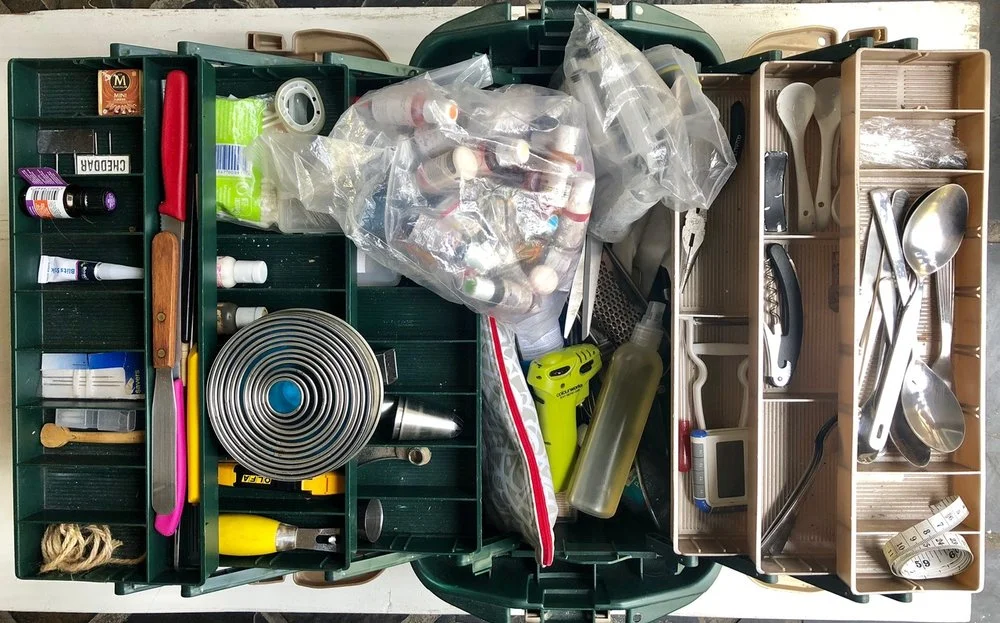Tools of the Trade: NYC Fashion Stylist Naila Ruechel
/Naila, tell us about the tools of the trade that you need to do your job?
Naila Ruechel: The number one thing requires giving your own time to project that you're not compensated for. And I think it’s doing mood boards. Doing mood boards really changed things for me. I think for a long time we relied on art directors to send vague stock photographs of what they were looking for. It wasn’t specific to the fashion, it was just an overall feeling of what they wanted. I felt that led us in very awkward directions because the art director would think, “I told you what I want. I’ve shown you this image,” but sometimes in the image the fashion is from 30 years ago. It’s just the mood, it’s really not relevant to what works for demographic they are going for now. About seven years ago or so, I started doing mood boards. I started pulling images from all over the place, sometimes from my own work or from the photographer that I was working with on that project, or the internet and putting together specific looks and feel of what kind of character we were trying to create for their brand or the project we’re working on. I found that it was an invaluable tool, because I would put this board together, make it quite detailed and I could send it over to the client who would look at it and say, “Number 1, number 3, and number 5 appeal to me, and the rest I think are not for our brand.” Then I can use that and work with it to go shopping or to rental houses to find what they needed. I just felt the language between everyone became clearer. So that to me would be my number one tool, more than anything else, to getting my job done well.
“What a lot of people coming into the industry don’t realize is that the producer is managing the entire thing. There are so many things going on, dealing with a wardrobe stylist is the last thing you should be doing”
The Producer: That is something I always have stylists do. I always have a wardrobe specific call before we even get to the pre-production between me, the art director, the photographer, and the wardrobe stylist - to have that conversation exactly. The art director provides the look and the feel, you then provide the wardrobe mood board, we then go through it item by item and that gives you the direction you need in order to have those items on set for us. Mood boards are super valuable for everyone to be on the same page. When you create those mood boards do you create a PDF? Some individuals I work with will create a DropBox folder or use different websites as well.
NR: Well, I don’t like having to upload things if I don’t have to. I find it a bit cumbersome for everyone involved - having to download and upload. So what I do is take screenshots or pull from image folders that I have on my laptop and then I create a document in photoshop, save them as jpegs, and turn them into a PDF. So everyone gets a PDF which is much easier to work with. All you have to do is open your email and boom you have several pages of what you need. I’ve really found that the way producers relate to me has really changed. People really are just so much more appreciative when you don’t give them work to do. Because when you send images or Flicker and all that, the producer has to then do work. What a lot of people coming into the industry don’t realize is that the producer is managing the entire thing. There are so many things going on, dealing with a wardrobe stylist is the last thing you should be doing - it’s definitely a component, but at the end of your day, if you’re having to consolidate all of those images into some sort of readable form it’s just creating more work - and the last thing I ever want to do is create more work for the people that I’m working with.
TP: That makes me want to hug you.
Read Naila's full interview here!











